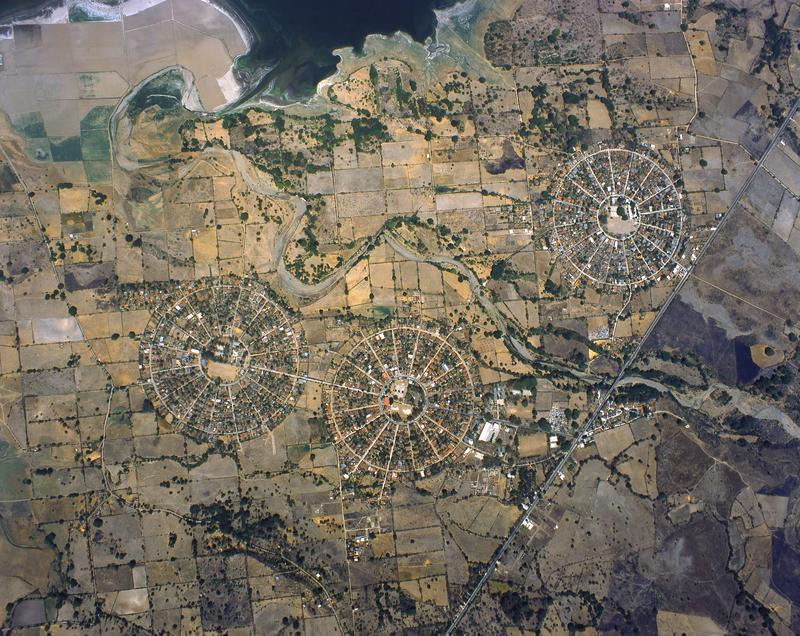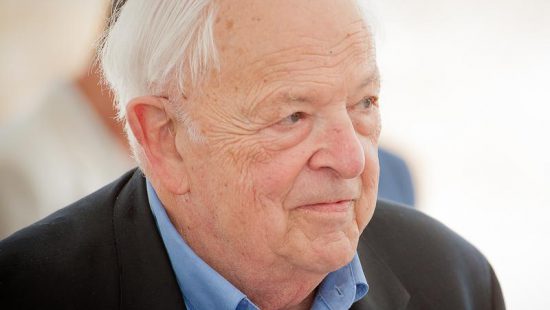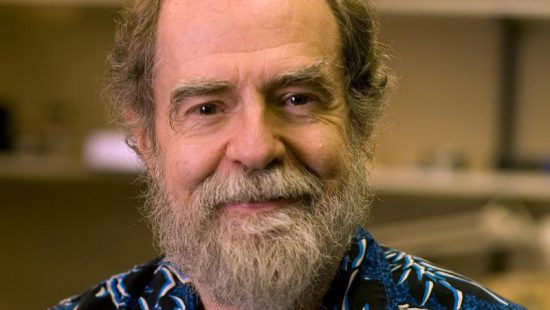It’s really something when a scientist wins the Nobel prize, let alone two, and while Philip W. Anderson didn’t quite achieve that feat, he came rather close. Having won the coveted prize in physics in 1977 for his study of the disorderly composition of solids, Anderson generated buzz again in 2013 for his contribution to the theory of the Higgs boson, or “God particle.”
Born in Indiana and raised on a farm in Illinois, Anderson attended Harvard before joining Bell Telephone Laboratories, where in the 1950s he conducted the research that led to his Nobel Prize. Anderson demonstrated how electrons move through the structure of disorderly solids, and their behavior when they become trapped. The latter discovery became known as Anderson localization. Later, in the 1960s, Anderson in part conceptualized the Higgs boson, the particle responsible for giving the universe its mass, by theorizing how photons acquire mass. Peter Higgs, the man credited with first realizing the boson’s existence, cited Anderson’s work in his theory.
By Lauren Clason







